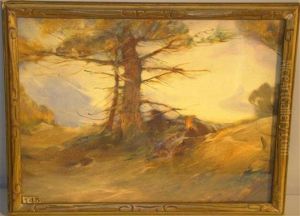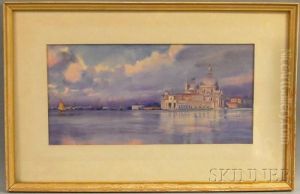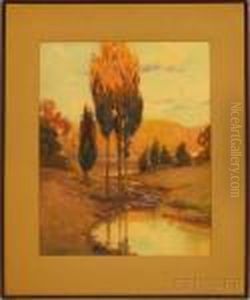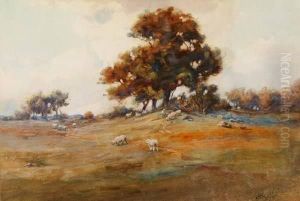John Wesley Little Paintings
John Wesley Little was an American artist known for his landscape paintings, depicting the rural beauty of Pennsylvania and the northeastern United States. Born into a Quaker family in Bedford County, Pennsylvania, in 1867, Little grew up surrounded by the picturesque countryside that would later inspire his artistic work.
Although there is not a wealth of information readily available about Little's early life and training, it is known that he pursued his passion for art and developed his skills as a painter. He became recognized for his depictions of the natural environment, often characterized by a sense of tranquility and a soft, naturalistic style.
Throughout his career, Little was a part of the art community that flourished in the early 20th century. He was associated with the Pennsylvania Impressionists, though his work did not always adhere strictly to the impressionist style. Instead, he combined elements of realism with the loose brushwork and vibrant colors that were typical of impressionism.
John Wesley Little's work was exhibited in various venues, including the Pennsylvania Academy of the Fine Arts, where he gained recognition and was appreciated by collectors and the public alike. His paintings often featured the rolling hills, rivers, and lush forests of his home state, capturing the changing seasons and the serene landscapes that were quickly being transformed by industrialization and urbanization.
Unfortunately, Little's life was cut short when he died in 1923. Despite his relatively brief career, his contributions to American landscape painting have been remembered, and his works continue to be appreciated for their beauty and historical value. Today, his paintings can be found in museum collections and are sought after by collectors who value the unique perspective Little offered on the American landscape at the turn of the century.



